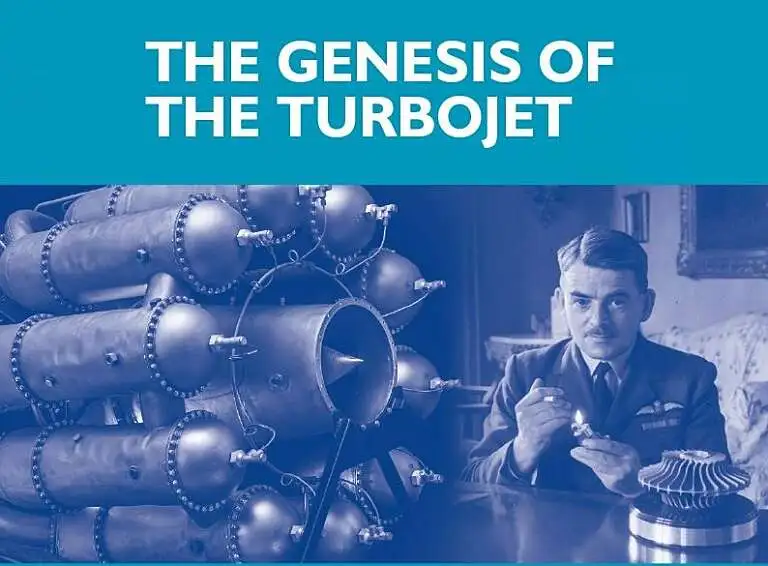
The Genesis of the Turbojet: Whittle to Power Jet Engines – Part 1
In March 2019, the Vulcan to the Sky Trust were privileged to organise a special evening in the wonderful surroundings of Gatwick Aviation Museum. The
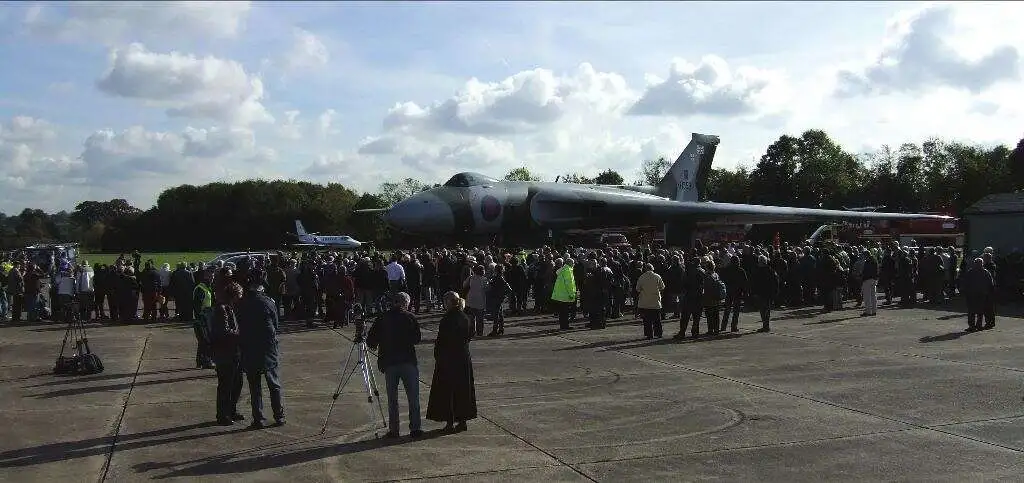
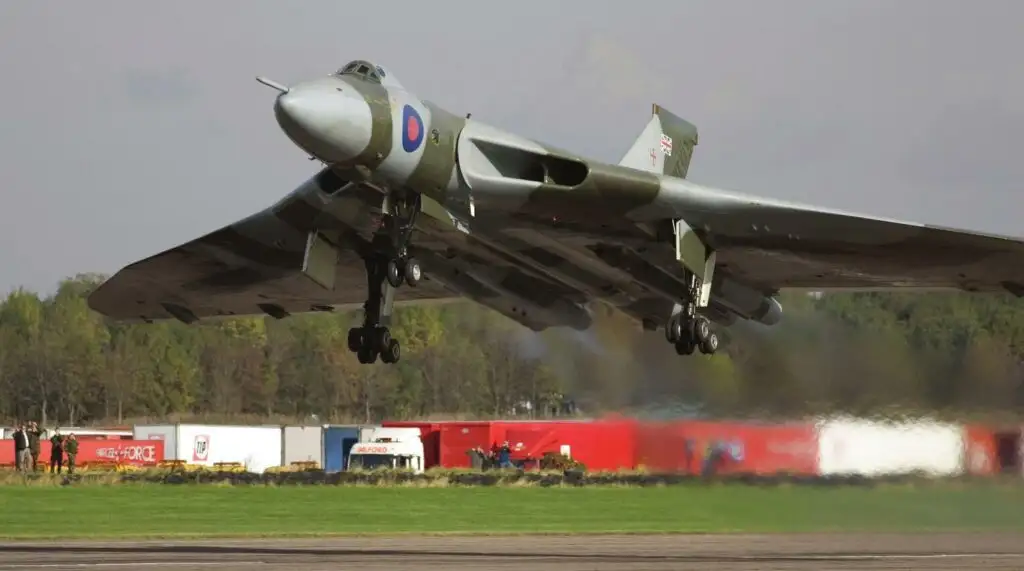
Thursday 18th October 2007 dawned, a perfect day for flying, and destined to be an unforgettable one. Anticipation was keen as the media and invited guests gathered at Bruntingthorpe. No less keenly felt by the VTST team either, as the culmination of all their efforts drew nearer. Colin Marshall, Vulcan Control on the day: “You could feel the tension in the hangar as we prepared to move XH558 out, similar to the ‘Rollout’ in 2006, only this time the stakes were higher, now it was up to XH558 to show us what she was made of.” Chief Engineer ‘Taff’ Stone was: “Just looking forward to it now, after all that hard work, proving the doubters wrong and getting her flying again.”
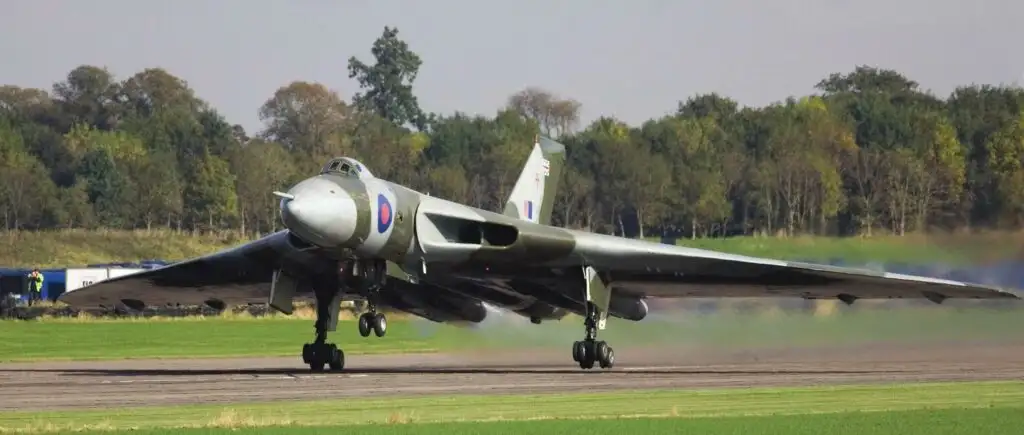
The hangar doors opened, and XH558 was towed to the engine running pan for pilots Sqn Ldr Al McDicken, Sqn Ldr David Thomas and AEO Sqn Ldr Barry Masefield to crew-in and begin pre-flight checks. A FOD check was carried out on the runway, and the fire tenders and ambulance crews ran through their Emergency Response Plan – all was clear, so XH558 was instructed to taxi to the threshold and hold. “Marshall 15, runway is clear, take off at your own discretion.” The response came back from test pilot Al McDicken, “Marshall 15 affirm, take off at our own discretion.” At the end of the runway XH558’s Olympus engines increased power, and as she began to roll, the unmistakable Vulcan howl announced her intent. Al McDicken: “558 accelerated rapidly. In no time at all,David called ‘80 knots’, then ‘Rotate’. The aircraft seemed almost to leap into the air. Looking down I could see the rate of climb pointer was pinned at the maximum indicated on the gauge; that is in excess of four thousand feet per minute.” Finally, 14 years after her last flight and with over £7 million spent, Vulcan XH558 had taken to the air, as engineer Alan Rolfe put it, “like a homesick angel”.
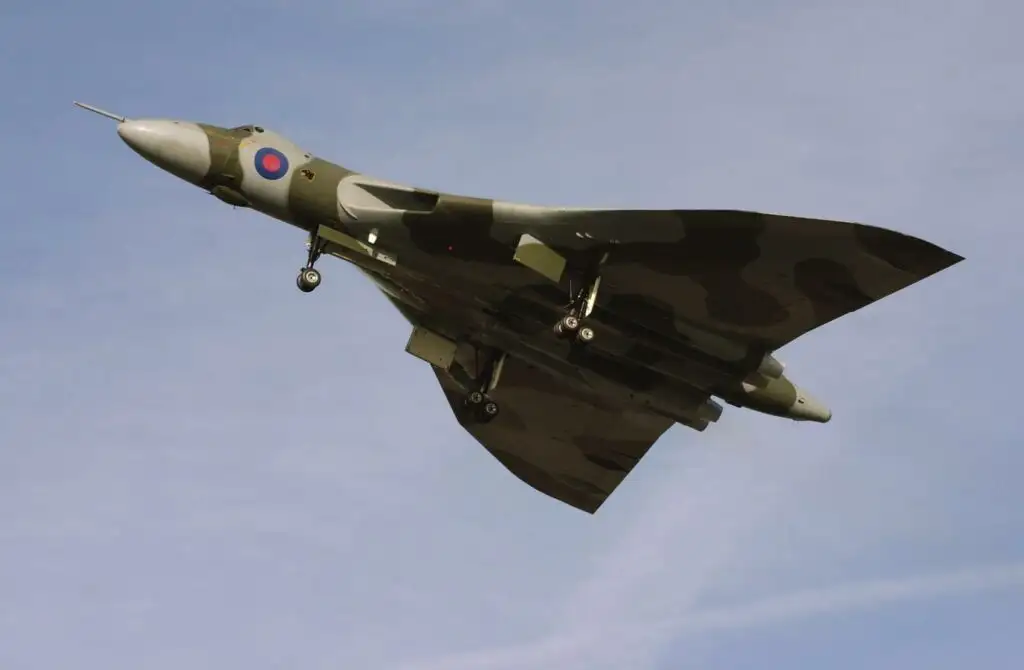
The thirty minute test flight went perfectly, as the crew performed undercarriage retraction and handling checks. Pilot David Thomas later remarked: “She was talking to us all the time. Pilots listen to aeroplanes talking to them, and she was telling us ‘I want to fly, I want to fly.’ And she did, beautifully.” After a final flypast down the runway, Al McDicken made his approach to land. “Speed reduced to 125 knots. The rear bogies touched first and I held the attitude allowing the speed to decay. The front bogies then sank on to the runway and the nosewheel was lowered. Gentle braking followed and I could hear David calling out the reducing speed as I sought to keep the lady on the centreline.” No sooner had her brakes cooled than ‘558 was mobbed by press and supporters keen to offer their congratulations. For Al McDicken it was “a privilege to fly the aeroplane again. It’s a tremendous salute to the people who’ve worked so hard to make this aeroplane what it is today.” The achievement was neatly summarised by Dr Pleming: “I’m now the proud leader of a one aircraft airline!”
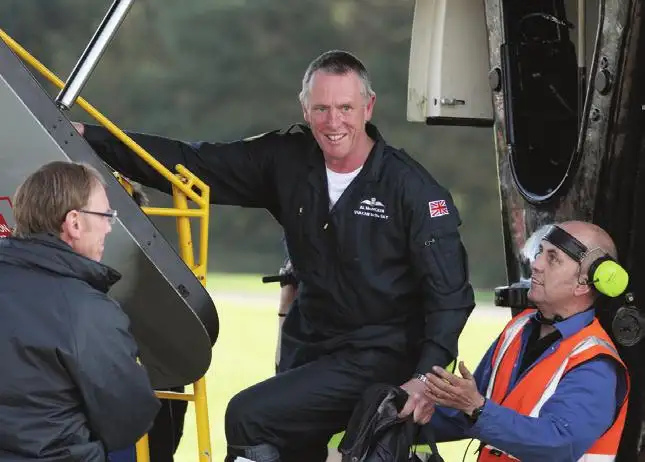
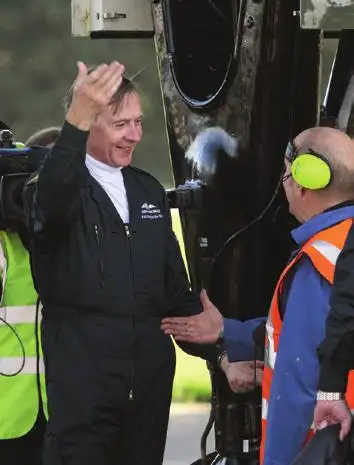
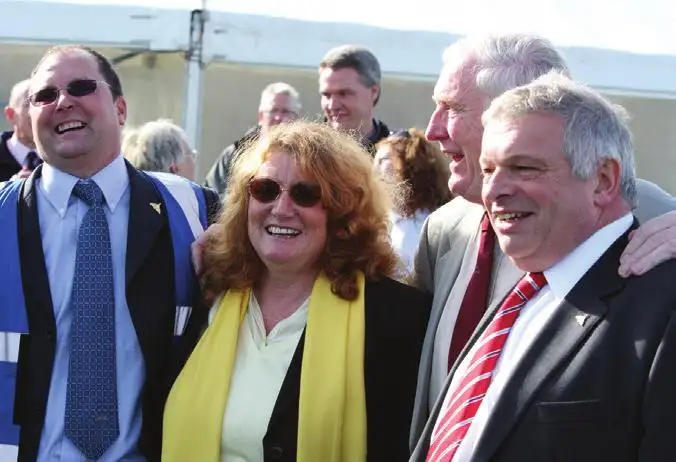
This successful first test flight made headline news around the world. The efforts of hundreds of people and many companies, not the least Marshall Aerospace, had made it possible.
You can be amongst the final people to have their name place on Vulcan XH558 ‘The Spirit of Great Britain’

In March 2019, the Vulcan to the Sky Trust were privileged to organise a special evening in the wonderful surroundings of Gatwick Aviation Museum. The
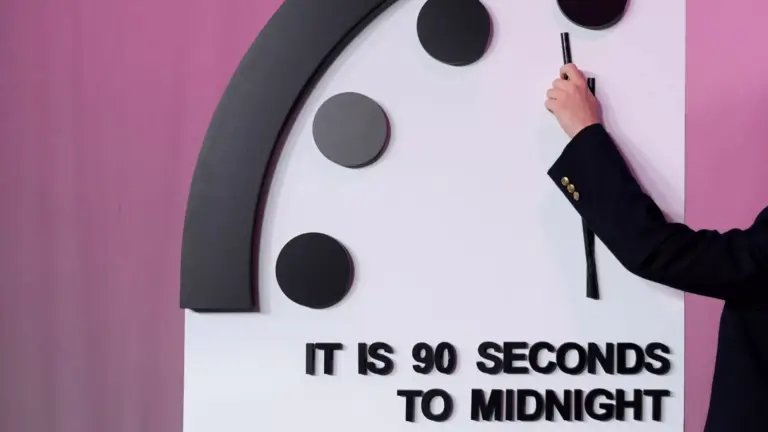
The Doomsday Clock, a symbol created during the early years of the Cold War, serves as a metaphorical representation of the world’s proximity to a global
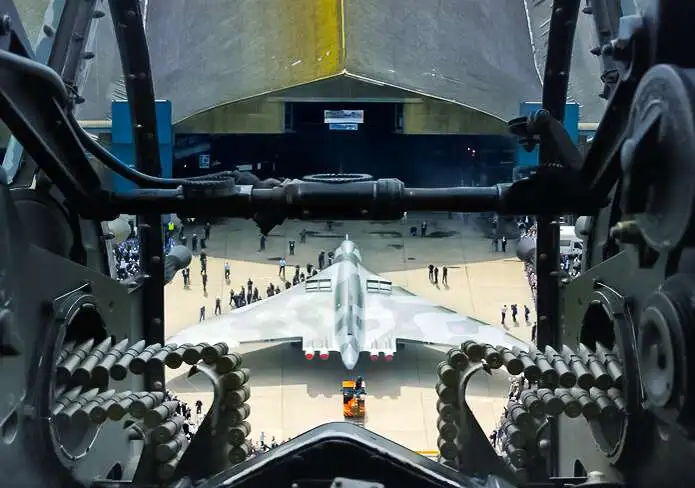
A fresh appeal was launched in March 2004 to reach the Trust’s commitment of 29% of the funding total, required before the HLF would issue
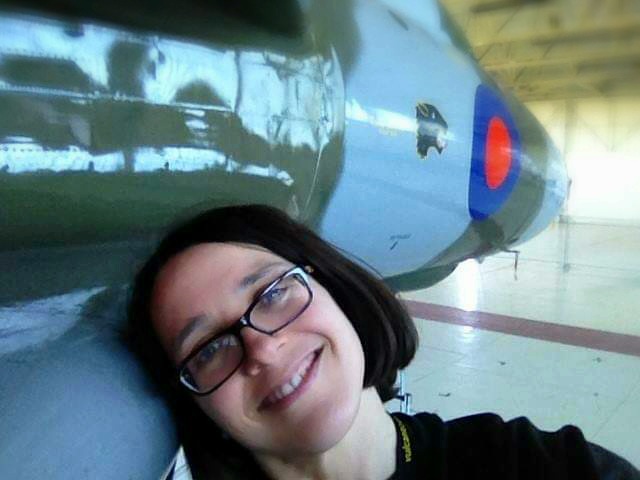
As an 18-month-old baby Carolyn was fascinated by the Vulcan, so the story goes, her Dad was watching a programme about the iconic aircraft and